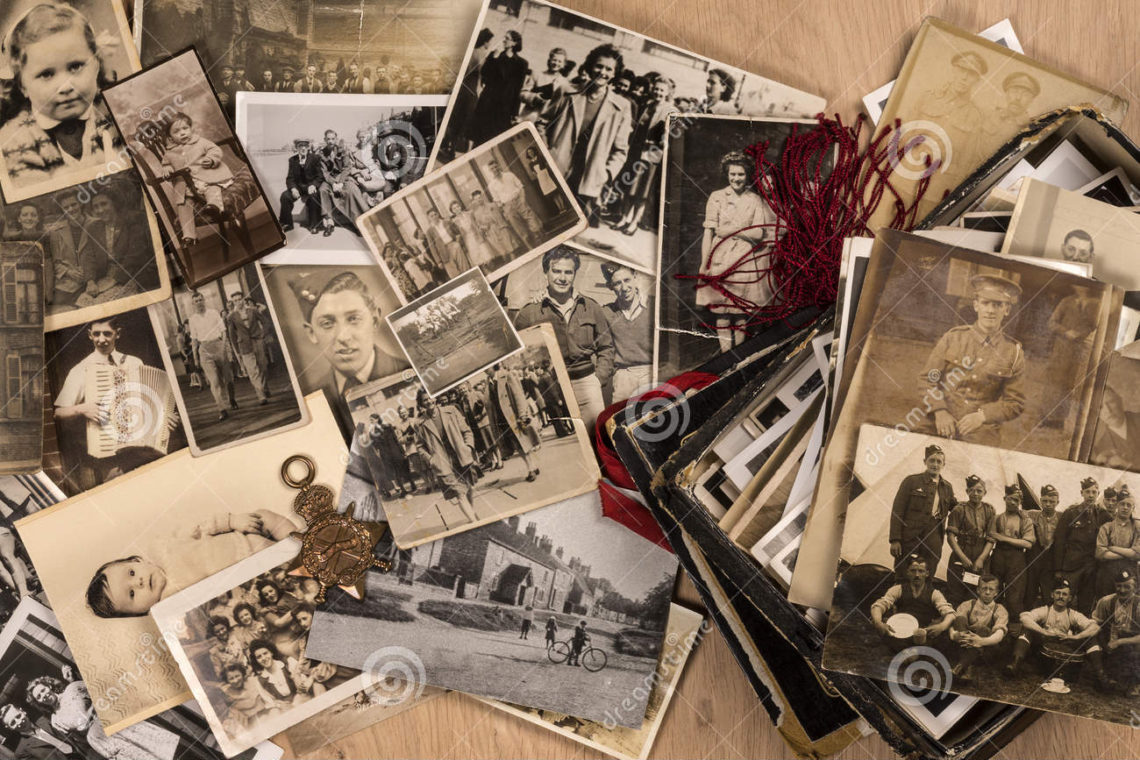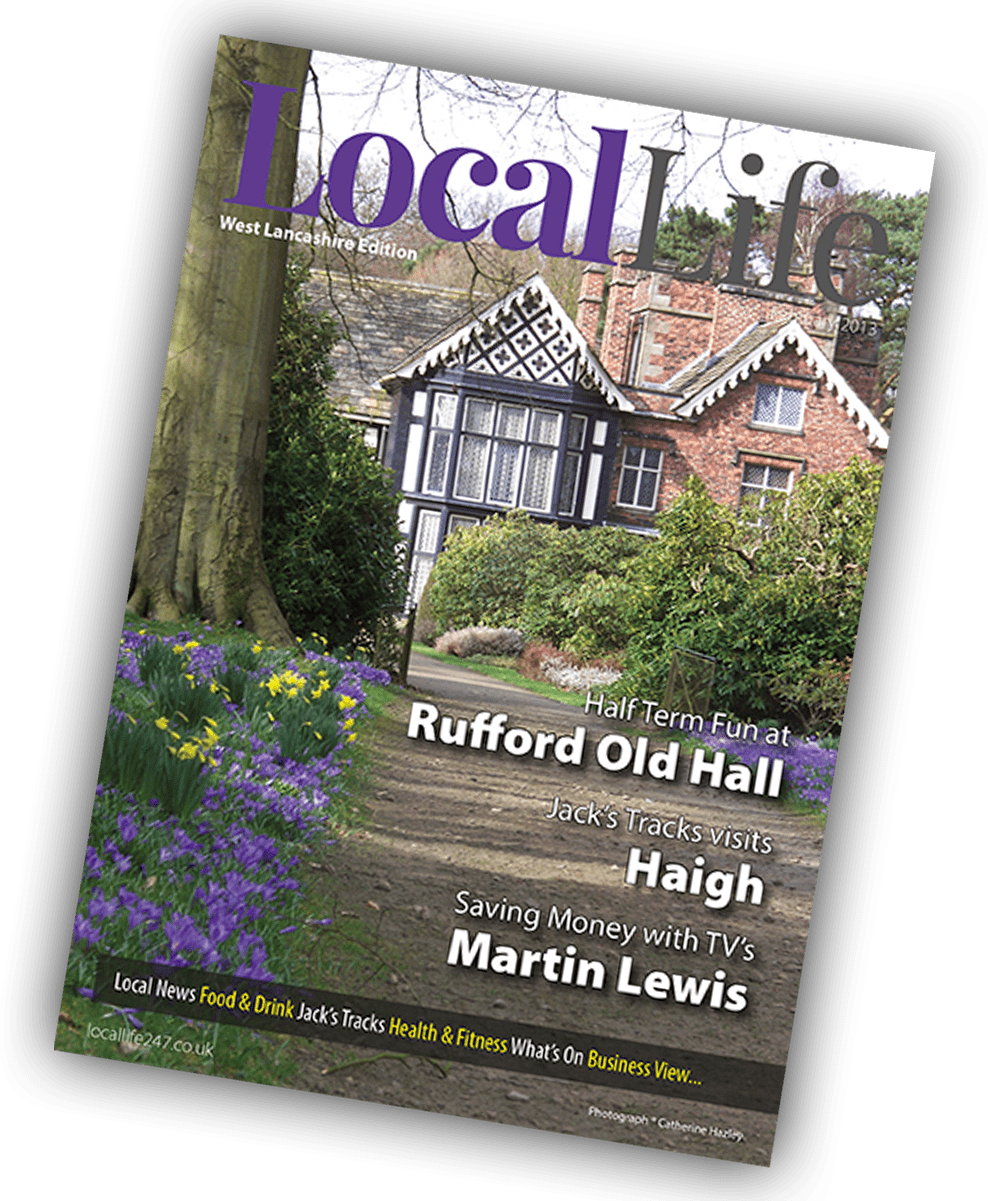
Tracing your ancestors through a family tree is a great way to learn more about the generations before you, and to discover more about yourself in the process. Though it requires dedication and a bit of hard graft, researching the people who came before you can be an incredibly gratifying process. And once you know how to get started, it can be a lot of fun too.
And who knows – perhaps you’ll find something wholly unexpected just like Kate Hurst of the Ormskirk and District Family History Society did about her family tree.
The first step in beginning your family history search is to gather as much information as you can. Whether this is vague facts from your own recollections or first-hand accounts from close family members, write it all down.
It’s a good idea to start an organisation system – labelled folders, physical or electronic, are great for locating information quickly, while photo albums organised by theme or date can link you to specific periods in your family history. Find a method that works best for you, but remember to collect any and all information you find – however insignificant it first appears.~
Kate Hurst, Chair of the Ormskirk & District Family History Society, began her own research when her grandmother shared details of her father-in-law’s birth in 1872.
‘I found him – John Hurst – on the 1881 census living at Haskayne with his family, including his parents John and Ann. Twenty years earlier, the census showed Ann Woodcock in Lydiate, with her parents, three siblings, and – even better – her maternal grandmother, who was born in Aughton.’
Through word-of-mouth accounts from family members and the use of physical documents – which are a great resource for finding concrete information such as birthplaces, home addresses and maiden names – Kate delved deeper into her family tree.
‘Ann’s mother Catherine Bold and her husband John Woodcock married in 1841 at St. Mary’s RC Church in Aughton,’ Kate says. ‘Because it was after 1837, I could buy a marriage certificate – this said John’s father was Thomas, a farmer. I quickly learnt that he and John’s mother Margaret lived in Ormskirk in 1819, and that John wasn’t their only child – they had three younger sons in Scarisbrick.’
Historical documents tend to be the key to uncovering more about your family tree. You never know what might be lurking in the loft or at a relative’s house. Archives also hold census records or military service documents which can prove incredibly useful when conducting in-depth research – head over to www.gov.co.uk/get-copy-military-service-records for more information.
Look for any official documents such as birth, marriage and death certificates, wills, letters and photographs, taking relevant information from them and storing them in a safe place.
Never underestimate the microfiche. Usually squirrelled away at the back of a musty library room, microfiche readers allow users to search through local historical newspapers, which can be a key tool in finding specific events or incidents. Although this can be a laborious process, microfilm records are labelled by date, so it works best if you have a starting point in mind.
The puzzle of Kate’s family tree began to fall into place at the Lancashire Archives, based in Preston. Thomas Woodcock, father to John Woodcock, was supposed to be dead by 1841, but Kate had trouble finding a burial that fit the time period. The only one she could come up with was an 82 year old Thomas who was buried in Halsall, which would mean 1753-born Thomas was still having children in the 1820s. However, Kate found his late wife Margaret Woodcock buried at the same church in 1831, and things started to fall into place.
Kate found Thomas’s will in the Archives, which stated he was a farmer with school-age children. ‘His first wedding was to Betty Shaw in 1780, a couple of months before his daughter Nancy was born,’ Kate explains. ‘Two younger children followed, but died just after Betty in 1795. Thomas married his next bride Catherine Waddington in 1796, moving to Bickerstaffe before she died in 1814, and finally had another child with Margaret Rimmer the following year, when he was 62 and she was just 17.’
In a bizarre twist of fate, Thomas’s eldest daughter was old enough to be mother to her own stepmother, and through a combination of sources, Kate was able to trace back to 1753 in seven generations.
If browsing the archives seems like a daunting process, don’t be put off just yet – there are a lot of useful websites that can help get you started. Sites such as Ancestry.com charge you a membership fee but boast huge record collections and a family tree tool. Start by adding some family members to the electronic tree, and find new leads through the site’s suggestions. Ancestry also offers an additional DNA service which can assist in finding your ethnic origins through a saliva sample in the post.
Meanwhile, free sites such as Find A Grave and Billion Graves help locate tombstones across the world and allow you to add personal history information to each grave. It’s worth looking around at various genealogy websites to find which is most suited to your research.
Another great local tool is the boatfamilies website. A branch of the Ormskirk & District Family History Society, the site features information about canal family trees and surnames associated with the Leeds-Liverpool canal and its connected waterways, including the Burscough Canal. It can be found at www.boatfamilies.website
Joining a family history society can also be a great research help. Not only will you gain access to new resources and a veritable font of knowledge from experienced researchers, but you’ll meet new people who are also interested in finding out more about their ancestors – and who knows, maybe a distant relative?
The Ormskirk and District Family History Society has around 170 members from around the world. Focusing on the 16 ancient townships and parishes in West Lancashire including Aughton, Bickerstaffe and Ormskirk, the society meets each month for a variety of talks on topics relating to family history including Lancashire witches, Catholic ancestors and the history of local buildings. They also host occasional visits to heritage-rich places such as Lathom Park Chapel and Scarisbrick Hall for members.
The ODFHS’s research library can be found in the Scout Hut on Wigan Road, Ormskirk, and opens from 2pm-3pm on Mondays and other times by arrangement. The library collates books, magazines, CDs and microfiche to get started on your research. Additionally, if you need any practical assistance, a help desk operates on alternate Thursdays from 1pm-3pm out of Ormskirk Library.
Membership costs £11 per year including the society’s annual print magazine, or £10 with a digital magazine. They meet on the fourth Wednesday of each month excluding December at 8pm at the Guide HQ on Moorgate, Ormskirk. Admission to meetings is free for members or £1 for visitors.
For more information on Ormskirk and District Family History Society, visit www.odfhs.website or email secretary@odfhs.email
Thanks go to Kate Hurst for providing images and information.


